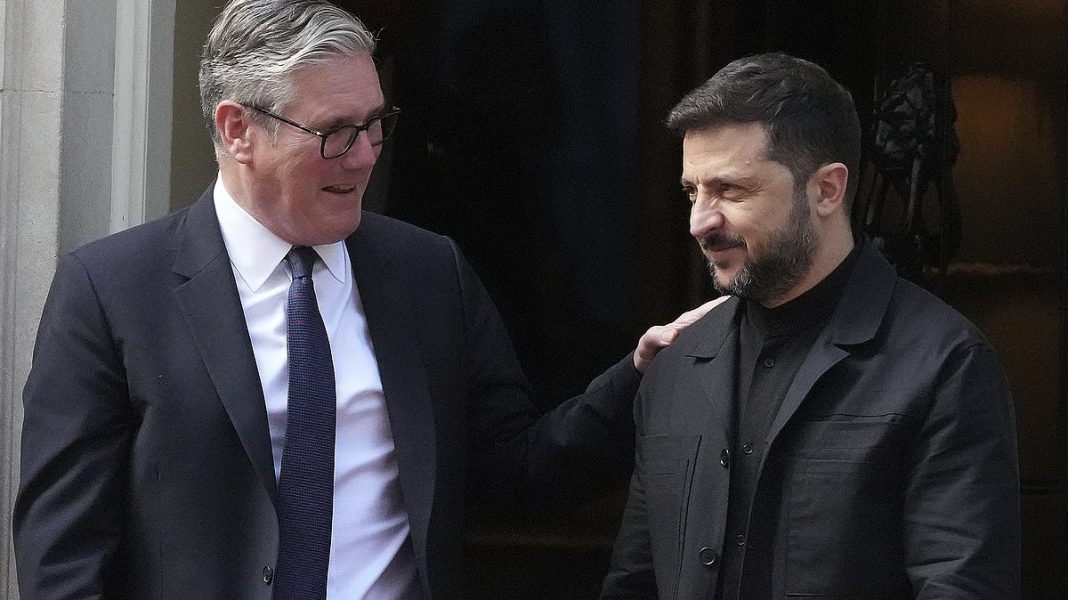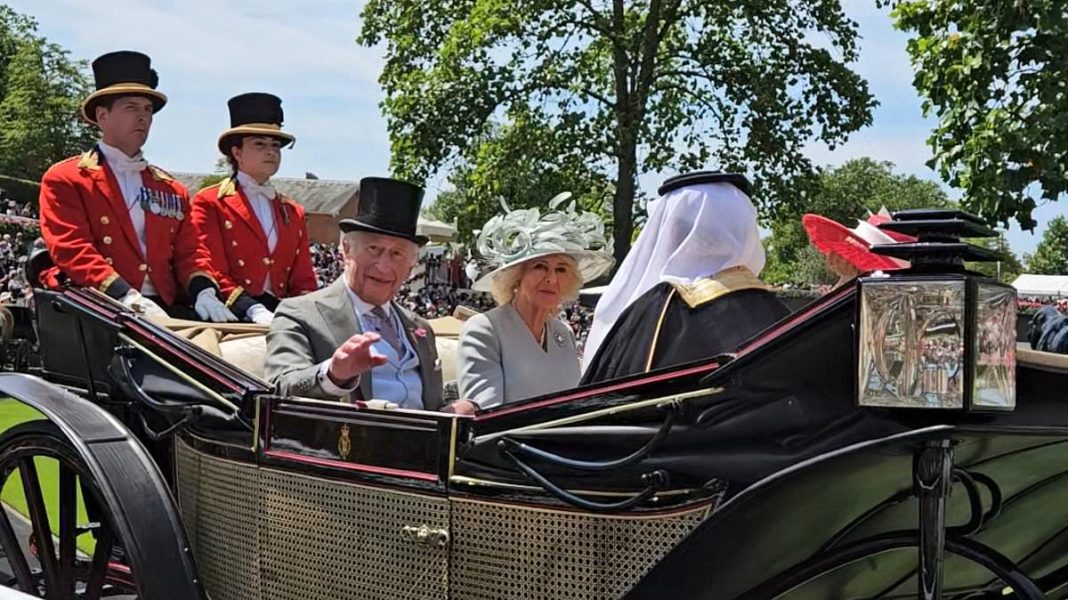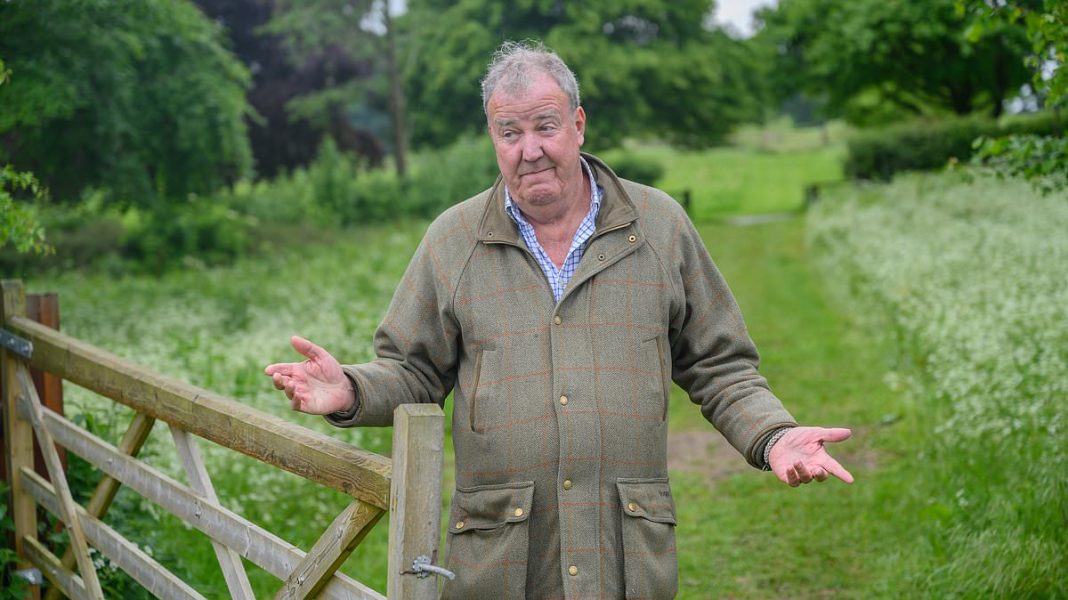Keir Starmer is heading for a crucial Nato summit today vowing to hit a new target for defence budgets.
The PM will join fellow leaders from the military alliance in The Hague after signing up to the goal of spending 3.5 per cent of GDP on defence.
Another 1.5 per cent will be committed to related measures such as cyber security, under the package demanded by Donald Trump.
However, ministers have refused to say where the UK will find the extra money – around £30billion on top of existing plans – with Rachel Reeves already scrambling to balance the books.
There are also claims that the figures are being fiddled and countries are watering down the pledges.
A draft communique appears to have pushed back the timetable for hitting the level from 2032 to 2035.
The language has also reportedly been watered down from ‘we commit’ to ‘allies commit’, with Spain flatly dismissing the idea of meeting the goal.
Mr Trump himself has said America is not bound by it. ‘We’ve been supporting NATO so long… So I don’t think we should, but I think that the NATO countries should, absolutely,’ he said on Friday.
By contrast, Germany has said it will accelerate its spending to hit the core defence target by 2029 – six years early – amid growing global instability and the prospect of a war in the Middle East. That involves Berlin finding upwards of $60billion a year more for the military.
The summit comes after Sir Keir’s meeting yesterday with Volodymyr Zelensky at No10. The Ukrainian president will also be at the summit.
The increase to 3.5 per cent in Italy would be equivalent to around $46billion a year, Canada $45billion, France £44billion and the UK roughly $40billion.
Spain allocated just 1.24 per cent of GDP on defence in 2024. That could have left it facing funding a $36billion boost despite having a relatively small economy.
But left-wing PM Pedro Sanchez said on Sunday that it was only looking to hit 2.1 per cent of GDP.
‘We fully respect the legitimate desire of other countries to increase their defence investment, but we are not going to do so,’ he said in a TV address.
The cash cost of the goal for each country have been estimated by comparing the Nato figures for spending levels in 2024 to World Bank figures for the size of GDP.
The current target is 2 per cent, which has not been met by all states. Only Poland currently tops the 3.5 per cent level.
The US itself spent 3.38 per cent on defence in 2024, although the sheer size of its economy meant that dwarfed contributions from the rest of the alliance.
Britain allocated 2.33 per cent of GDP to defence last year, and Keir Starmer has committed to reaching 2.5 per cent by April 2027.
There is an ‘ambition’ of increasing that to 3 per cent at some stage in the next parliament – likely to run to 2034.
Nato members effectively decide themselves whether they’re hitting the 1.5 per cent element of the target, and there are fears Labour will try to include items not strictly related to defence.
Downing Street sources said, for example, that it could include spending on beefing up energy security amid the switch to NetZero and fighting migrant-smuggling gangs.
Former defence secretary Sir Ben Wallace posted on X: ‘Tomorrow at the Nato summit we will witness the UK Government trying to con the US and Nato with spin on defence spending.
‘By folding in other departments’ spending and with no real defence £ increases, the PM will claim 5 per cent.
‘The threat to our country is real not spin. This Government thinks it can use smoke and mirrors to deceive the public and Donald Trump.
‘This is an insult to our troops who will see no significant new money. It fools no one.’






